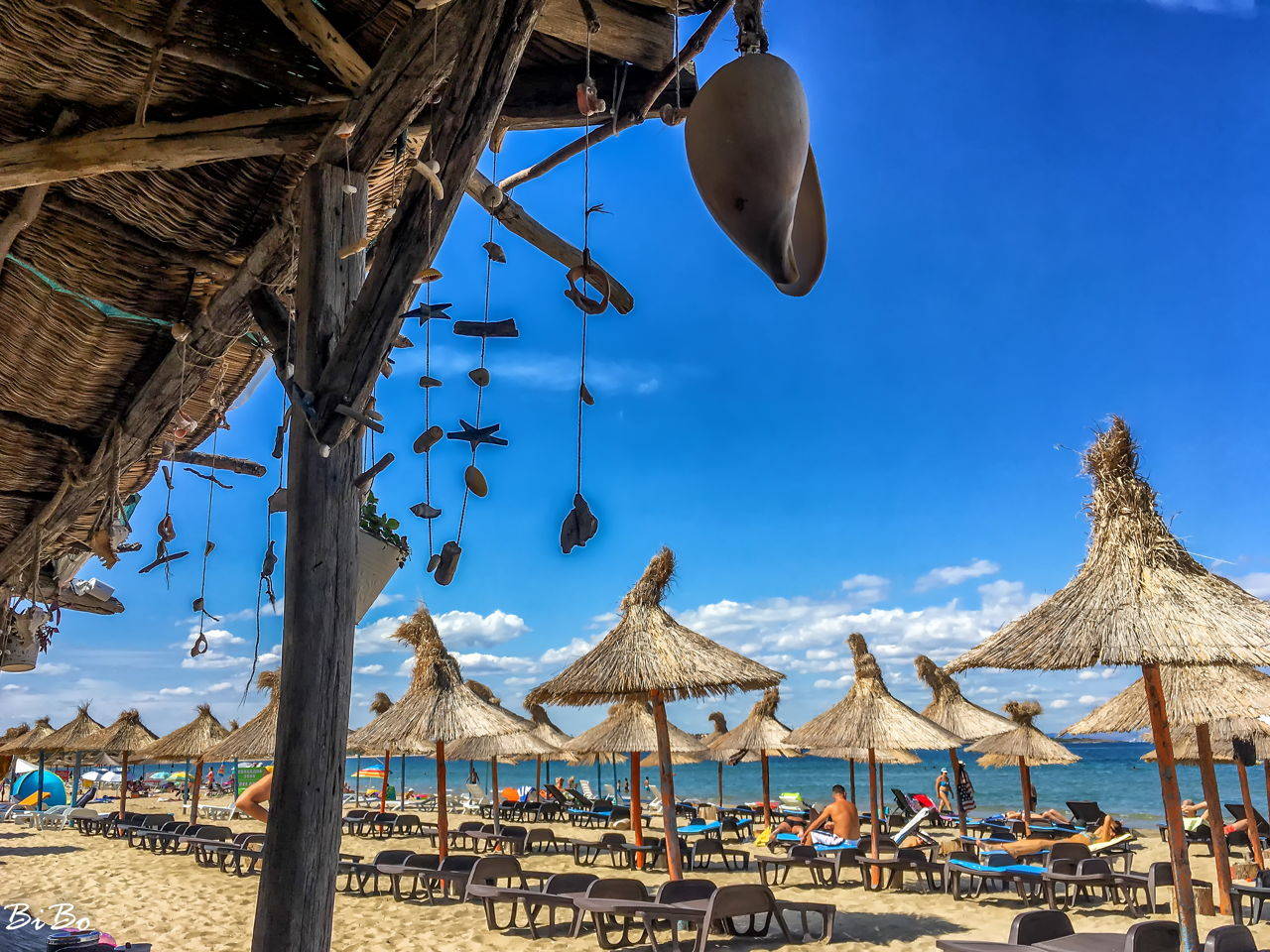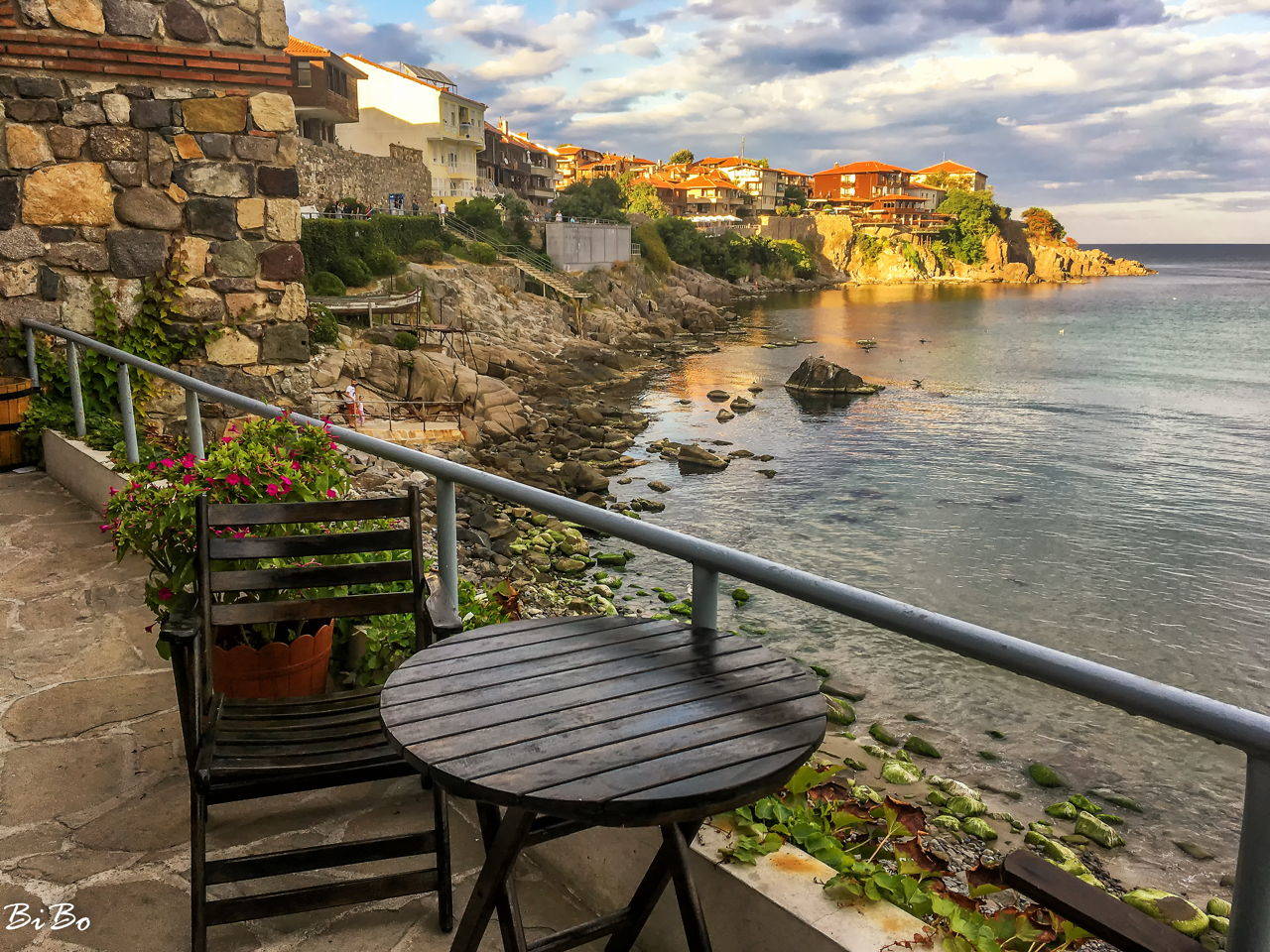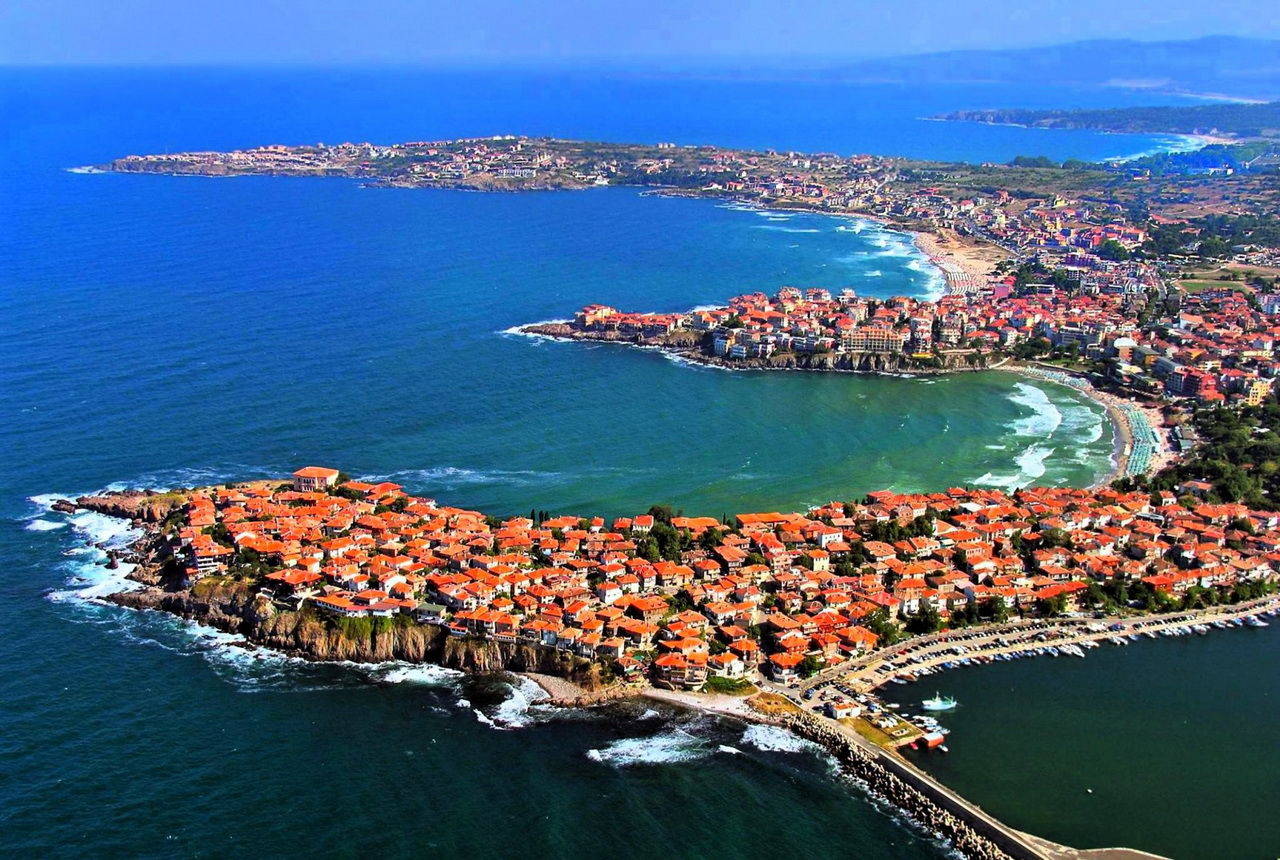Beach “Alepu”
“Alepu” Beach is a sandy strip of shore, south of “Duni” resort and is one of the most beautiful Bulgarian beaches. It is also known as the “Drivers Beach”, with a wonderful view between Duni resort and the town of Primorsko. The beach is one of the few remaining in Bulgaria, where there is no interpretation of great human intervention, and is unguarded. It is named after the “Aleppo” wildlife preserve, covering the area between the beach and the Aleppo marsh.
Beach “The firth of Ropotamo”
One of the few virgin beaches left in Bulgaria. The firth of the river Ropotamo can be reached, for about half an hour’s walk or by boat. The beach is very clean, there are no restaurants and is unguarded. It is located on the territory of Ropotamo Preserve.
Beach “Veleka”
Veleka Beach is located south of Sozopol, where the Veleka River flows into the sea and it is one of the most beautiful beaches in Bulgaria. It is situated in an isolated place, extremely beautiful and calm beach. Tourists can swim in the sea as well as in the colder waters of the river.
The King’s Beach
This beach is one of the most popular on the south coast. It connects Camping “Gradina” and “Golden Fish” Camping. To the north of the beach is the village of Chernomorets, and to the south – Sozopol. The beach is quite long and therefore never overpopulated. This more than a hundred meters long beach is covered with dunes. There are paid lounges and umbrellas in the area, but also free area, which is large enough to accommodate all guests. The beach also offers excellent conditions for practicing all water sports – jet skiing, surfing, windsurfing, diving…
Beach “Kavatsi”
Kavatsite Beach is located in a bay, about 3km south of Sozopol. The beach has a guarded and unguarded area. The sand is fine, yellow. The seabed is flat, sandy. Umbrellas and sun loungers are available, but there is also a free area that extends primarily into the unguarded area. Close to the beach are camping “Kavatsite” and camping “Smokinite”.
Central beach Sozopol
Централен плаж Созопол се намира от източната страна на стария град. Плажната ивица е от златист пясък, а морското дъно е покрито с пясък. Перфектно място за събиране на тен с коктейл в ръка. Зоната за къпане е с полегат бряг. От плажа се разкрива красива гледка към южната крепостна стена и стария град.
“Harmani” beach Sozopol
“Harmani” beach is long and wide. It is the larger of the two beaches of Sozopol and has an area of 14 280 square meters with sand and dunes. There are many paid lounges and umbrellas, with free zones in-between. The water in the bay is calm and clear. During the active season, the beach is often crowded with tourists. There are many pubs, clubs and discos around the beach and is therefore a preferred place for younger people, but it is also suitable for families with children, as there are many hotels nearby.


































































